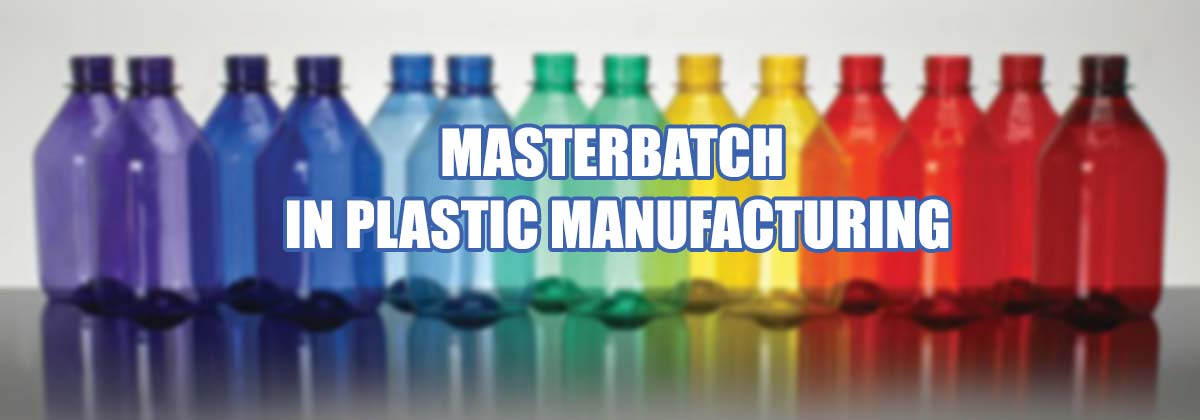As the demand for plastic products increases, companies are confronting difficulties to meet consumer demands on functionalities, color, and properties.
The plastic processing industry has gone through a huge change throughout the long term. Chemical engineers are working day and out to foster new techniques to further develop processability and yield of the items. It is because of the happening to masterbatches and added substances in the plastics fabricating industry.
Plastic does not start with color. The color you are looking to make requires additives or pigments to get the desired color.
Masterbatch is a solid additive for plastic used for coloring plastics (color masterbatch) or imparting other properties to plastics (additive masterbatch).
During the plastic manufacturing process, Masterbatch allows the processor to color raw polymer economically.
Masterbatch is a concentrated mixture of pigments and/or additives encapsulated during a heat process into a carrier resin which is then cooled and cut into a granular shape.
A color concentrate, or color masterbatch, is a granule used for coloring thermoplastics. It consists of one or more colorants and a polymer-specific carrier resin. The composition of a color masterbatch is called its recipe.
Advantages of using masterbatch in plastic manufacturing
Masterbatch brings many advantages for the final plastic products:
PRODUCTIVITY:
Masterbatch can increase volumetric output (as a result of thermal conductivity & volumetric expansion to temperature). In addition, it has the ability to downgauge due to higher film physical properties.
TOTAL COST SAVE:
With the large percentage of CaCO3 powder in components, masterbatch helps manufacturers reduce material cost by using less energy to run the machine due to higher CaCO3 specific heat.
PHYSICAL PROPERTY:
Masterbatch helps plastic improve a lot of physical property such as:
- Higher toughness
- Flexural stiffness
- Adhesion
Printability It can also be used for applications where varying levels of permanent electrical conductivity are required for use in applications where accumulation of static electrical charges can potentially cause problems
Applications of masterbatches
Additive masterbatches modify various properties of the base plastic:
- ultraviolet light resistance
- flame retardant
- anti-fouling
- anti-static
- lubrication
- anti-slip
- corrosion inhibitors for metals packaged in plastic
- anti-microbials
- anti-oxidants / polymer stabilizers
- extrusion aids
- phosphorescence
- anti-counterfeit
- product security
Masterbatch is used in the following areas:
- Blown film & lamination
- PP raffia/Yarn
- PP non-woven fabric
- Blow molding
- Injection molding
- Thermoformed sheet
- HDPE/PP pipe extrusion
- Polyester and Nylon yarn


